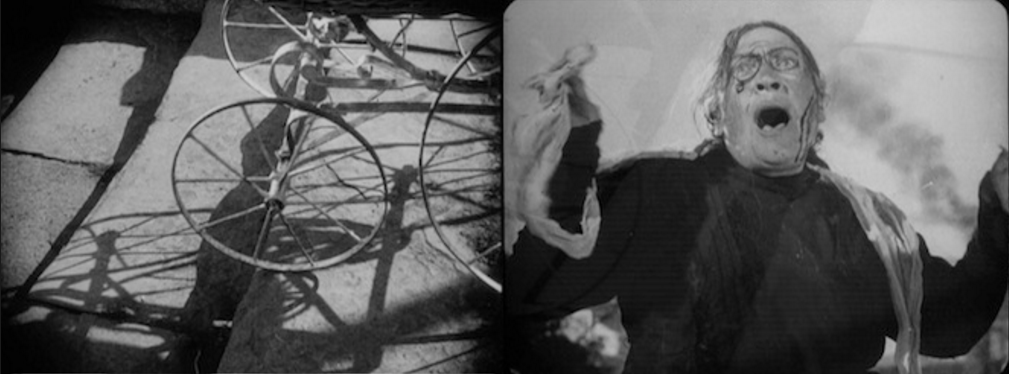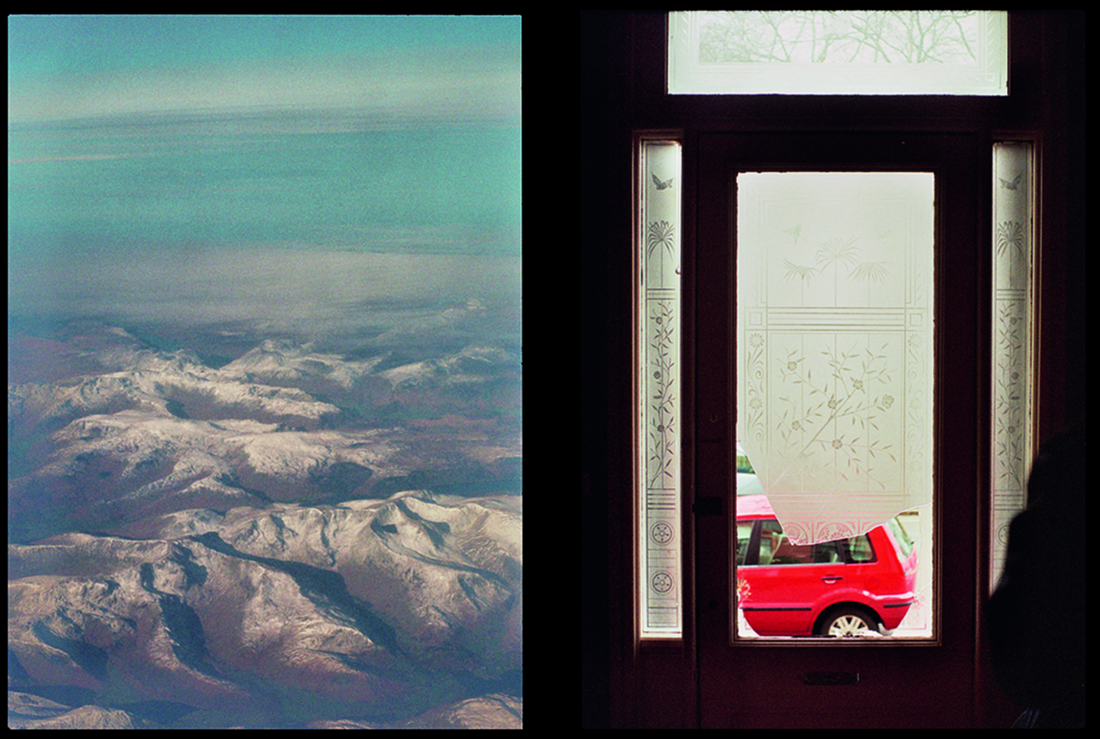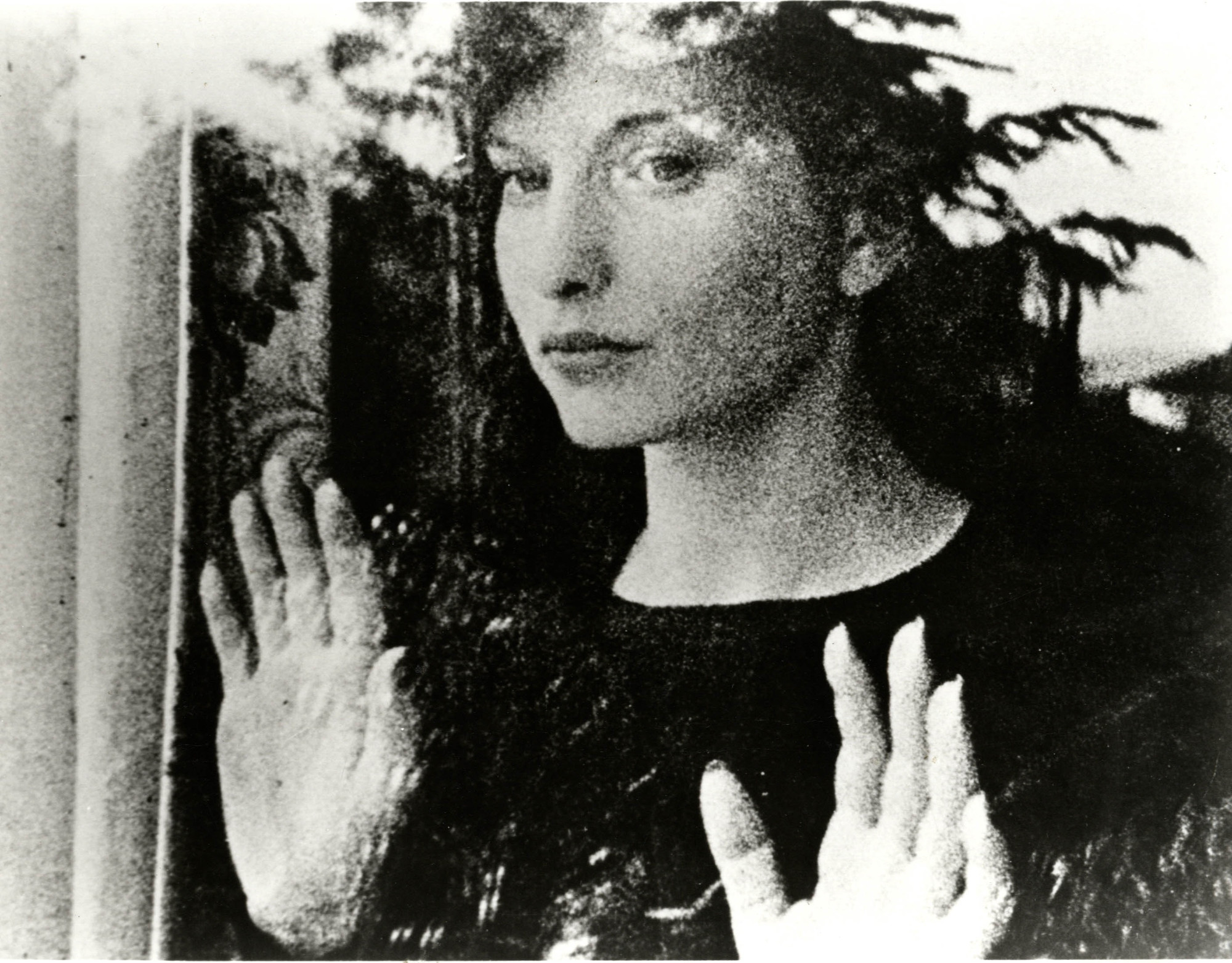Preparatory studies
Preparatory studies will respond to the Externally Set Assignment theme and may include sketchbooks, notebooks, worksheets, design sheets, large-scale rough studies, samples, swatches, test pieces, maquettes, digital material… anything that shows fully
your progress towards your outcomes.
Your preparatory studies should show evidence of:
• your development and control of visual literacy and the formal elements (tone, texture, colour, line, form and structure)
• an exploration of techniques and media
• investigations showing engagement with appropriate primary and secondary sources
• the development of your thoughts, decisions and ideas based on the theme
• critical review and reflection.
Assessment Objectives
You should provide evidence that fulfils the four Assessment Objectives:
AO1 Develop ideas through sustained and focused investigations informed by contextual
and other sources, demonstrating analytical and critical understanding
AO2 Explore and select appropriate resources, media, materials, techniques and
processes, reviewing and refining ideas as work develops
AO3 Record ideas, observations and insights relevant to intentions, reflecting critically on work and progress
AO4 Present a personal and meaningful response that realises intentions and, where appropriate, makes connections between visual and other elements.
Here are some other suggestions that may stimulate your imagination:
• rules, rituals, etiquette, procedures, conformity, oppression
• masks, disguises, camouflage, costumes
• oceans, forests, caves, smog, night
• hieroglyphs, codes, Braille, runes, fonts
• single-celled organisms, parasites, cocoons, shells, dens
• the Underground, tunnels, cracks, catacombs
• magic, theatre, espionage, Bletchley Park
• lies, deceit, tragedy, romance
• exploration, discovery, archaeology, metal detecting
• science, knowledge, astronomy, space exploration
• diving, caving, orienteering, cellars
• hide and seek, pass the parcel, gambling dice
Theme: SECRETS, CODES AND CONVENTIONS
Title: 8PY0/02 Photography
1.
The group photo has powerful underlying conventions, whether a family portrait or of a gathering of friends. These reflect codes of behaviour that shift over time. In the early 1990s Paul M Smith explored the convention of the ‘team photo’ and the ‘night
out’ – photographs so often taken by groups of ‘lads’, which he took to be anything but spontaneous.

Paul M Smith Make My Night
Trish Morrissey gently subverted the ritual of the family holiday photo in her 2005-7 series of photographs called Front, often swapping clothes and taking on the role of the mother in semi- formal gatherings staged on beaches in Britain and Australia.
Elaine Constantine is a photographer and film-maker. Her film “Northern Soul” depicts how a generation of teenagers from gritty, northern towns in England became fixated with black soul music. The two groups of people are contrasting…but somehow fused together.
As a pioneer of the vibrant, documentary-inspired approach to fashion photography in the 1990s and early 2000s Constantine was a regular contributor to The Face, Italian Vogue and US Vogue.
Many photographers have explored the notion of fringe groups, alternatives, non-conformists, sub-cultures, anarchists etc…everything from biker gangs to surfers, trainspotters to religious groups.
Many documentary photographers have explored sub-cultures, and have recorded their often unconventional lifestyles over a period of time eg Danny Lyons, Larry Clark, Mary Ellen Mark, Chris Killip, John Bulmer and Martin Parr.
http://www.industryart.com/artists/elaineconstantine/northernsoul
https://www.theguardian.com/film/video/2014/sep/10/northern-soul-trailer-video
- How does Constantine frame and compose the imagery here?
- What lighting is employed?
- How do the angles encourage us to view the people / event?
Tom Wood, Brassaї and Malick Sidibé have explored similar territory, recording social gatherings. Diane Arbus, Sally Mann and Nikki S. Lee have taken photographs that challenge and question the normal conventions of such images.

Trish Morrissey
Sylvia Westbrook, August 2nd, 2005
Theme: SECRETS, CODES AND CONVENTIONS
Title: 8PY0/02 Photography
2.
In The Road to Mecca, Maha Malluh mixes signs, symbols and conventions from the present and the past to illustrate the modern experience of the Hajj or journey to Mecca. She uses her children’s toys and the design of the Kiswa as a background, visually unified
by the darkroom process of photograms.
There are clear Tableaux opportunities here…or even possibilities to explore film making, animation, time lapse or DIORAMAs.
Many contemporary photographers, such as Garry Fabian Miller, Susan Derges and
Adam Fuss, mix conventions and visual codes. Isa Genzken challenges expectations of traditional photographs in her work, by combining photography and sculpture. These pieces are influenced in part by Rauschenberg’s Combines and Peter Blake’s paintings.

Maha Malluh
Hajj : The Road to Mecca
Theme: SECRETS, CODES AND CONVENTIONS
Title: 8PY0/02 Photography
3.
Places and objects hold secrets and tell stories. Eugene Atgèt was one of the first photographers to sense the passage of time and a melancholy presence in the quiet backstreets of Paris. Paul Seawright, Simon Norfolk, Donovan Wylie and Willie Doherty record places that bear secret histories or subtle evidence of conflict.

Donovan Wylie MAZE Prison 2007 / 8
In her series Mothers and Frida, the Japanese photographer Ishiuchi Miyako took pictures of the secret history imbued in the possessions left behind after a person’s death. Her work shows a continuing obsession with the traces we leave behind, both as individuals
and as a society.

Ishiuchi Miyako
Frida Kahlo’s corset
Theme: SECRETS, CODES AND CONVENTIONS
Title: 8PY0/02 Photography
4.
The photographer Diane Arbus wrote ‘A picture is a secret about a secret. The more it tells you the less you know.’ This could equally refer to Maya Deren’s and Alexander Hackenschmied’s 1943 film Meshes of the Afternoon, which used innovative techniques
such as slow motion, repetition and jump cuts to build a sense of a dream interacting with reality. In the film objects seem to have a mysterious and secret significance, known only to the dreamer.
The film’s narrative is circular and repeats several motifs, including a flower on a long driveway, a key falling, a door unlocked, a knife in a loaf of bread, a mysterious Grim Reaper–like cloaked figure with a mirror for a face, a phone off the hook and an ocean. Through creative editing, distinct camera angles, and slow motion, the surrealist film depicts a world in which it is more and more difficult to catch reality.
It has influenced other filmmakers such as David Lynch in
Twin Peaks but was no doubt influenced by Soviet film maker Sergei Eisenstein’s Battleship Potemkin.
The film contains various codes, symbols and metaphors…and makes use of MONTAGE…juxtaposing clashing or contrasting imagery like this…

Luke Fowler employs this concept effectively in his diptychs…

Dreams and surreal imagery have also inspired other photographers and filmmakers such as Jerry Uelsmann, Madame Yevonde, Lara Zankoul, Wes Anderson and Matthew Barney.
You could re-interpret a well know fairy tale or moral, as Tim Walker often does in his work and explore the conventions of story telling and narrative
Look at Mari Mahr, Sophie Calle, and Claude Cahun (Jersey Link).

Still from Meshes of the Afternoon
Maya Deren and Alexander Hackenschmied
How to get started …
You must look carefully at the examples given above by researching and reading…comparing and contrasting as you move through the options.
Watch the suggested film clips…and be prepared to explore your ideas in a range of media and then create a set of blog posts that develop the process…
- Create a mind-map that incorporates your initial thoughts, ideas and findings in response to SECRETS, CODES and CONVENTIONS
- Add a mood-board of relevant images
- Add definitions of the words : SECRETS, CODES and CONVENTIONS :what are they ?
- Choose at least one artist that you think can be an influence for your ideas…but compare and contrast to others
- Plan your first photo shoot
- Make a set of images as a response to your plan / artists work
- Select, edit and present your images
- Compare and contrast to your influence / inspiration
- Evaluate your process
- Repeat the process in order to review and refine…
You are expected to complete 15-20 Blog posts for the ESA
Week 1 Task : exploring codes and conventions
- research and explore the words and possible meanings of secrets codes and conventions and create a blog post or two outlining your findings, and your plan…
- apply ONE of these to a specific genre of photography found within the exam booklet
- an example of this could be…
Photo – Journalism /
Documentary Photography
Until the mid-twentieth century, documentary photography was a vital way of bearing witness to world events: from shoot-from-the-hip photographs of the Spanish Civil War by Robert Capa to the considered portraits of poor farmers by Dorothea Lange.
Documentary photography generally relates to longer term projects with a more complex story line, while photojournalism concerns more breaking news stories. The two approaches often overlap. Some theorists argue that photojournalism, with its close relationship to the news media, is influenced to a greater degree than documentary photography by the need to entertain audiences and even market products.
- Which photographers (suggested in the booklet) do you think employ a documentary approach to their work?
Learn : There are various codes and conventions within the boundaries of documentary photography and photojournalism…
- Representation | truth and reality vs misrepresentation
- Standards | rules, conventions, acceptability, responsibility and respect
- Ethics | privacy, honesty, image theft, manipulation, respect for life
Your next task is to find out how these codes and conventions are adhered to, but also how they are often ignored or exploited
Why?
How?
And of course…how can you respond to this in a practical and meaningful way whilst either adhering to the codes and conventions, or subverting them?
Other photographic genres (and sub-genres)…
- Documentary
- Photo-journalism
- Narrative
- Street photography
- Social documentary
- Reportage
- Fine Art
- Landscape
- Portrait
- Abstract
- Fashion
- Surrealism
- Tableaux
- Conceptual / Installation
The Secrets of Darkroom Processing
https://petapixel.com/2018/03/06/make-bw-photo-print-darkroom-7-minute-crash-course/
Coming Up Next : Propaganda
